The Ultimate Guide To Ranunculus Companion Plants
The Ultimate Guide to Ranunculus Companion Plants
Ranunculus are beautiful flowers that can add a touch of elegance to any garden. They come in a wide variety of colors, including white, yellow, pink, red, and purple. Ranunculus are also relatively easy to care for, making them a good choice for even beginner gardeners.
One of the best things about ranunculus is that they can be companion planted with a variety of other flowers. This can help to create a more visually appealing garden and also attract beneficial insects.
In this guide, we will discuss some of the best companion plants for ranunculus. We will also provide some tips on how to plant and care for these beautiful flowers.
What are Companion Plants?
Companion planting is the practice of planting certain types of plants together to benefit each other. For example, some plants can attract beneficial insects, while others can help to deter pests. Companion planting can also help to improve the health and productivity of your plants.
Best Companion Plants for Ranunculus
There are many different companion plants that can be planted with ranunculus. Here are a few of the best:
- Allium: Alliums, such as chives and garlic, can help to deter pests from ranunculus. They can also help to improve the flavor of ranunculus flowers.
- Bellflowers: Bellflowers are a type of wildflower that is native to Europe. They are a good companion plant for ranunculus because they have similar growing requirements. Bellflowers also attract beneficial insects, which can help to control pests.

- Chrysanthemums: Chrysanthemums are a type of daisy that is native to Asia. They are a good companion plant for ranunculus because they can help to deter pests. Chrysanthemums also attract beneficial insects, which can help to control pests.

- Lavender: Lavender is a type of herb that is native to the Mediterranean region. It is a good companion plant for ranunculus because it can help to deter pests. Lavender also has a calming scent that can help to reduce stress.

- Pansies: Pansies are a type of wildflower that is native to Europe. They are a good companion plant for ranunculus because they have similar growing requirements. Pansies also attract beneficial insects, which can help to control pests.

How to Plant and Care for Ranunculus
Ranunculus can be planted in the spring or fall. They prefer a well-drained soil that is rich in organic matter. Ranunculus should be planted in full sun or partial shade.
When planting ranunculus, it is important to space the bulbs about 6 inches apart. The bulbs should be planted about 2 inches deep.
Ranunculus are relatively easy to care for. They need to be watered regularly, especially during the flowering period. Ranunculus should also be fertilized every few weeks with a balanced fertilizer.
Conclusion
Ranunculus are beautiful flowers that can be a great addition to any garden. By planting them with the right companion plants, you can help to create a more beautiful and productive garden.
Ranunculus are beautiful flowers that can add a touch of elegance to any garden. But did you know that they can also be used to create stunning companion plantings?
There are many different plants that can be paired with ranunculus to create beautiful and eye-catching displays. Some popular companion plants include:
- African daisies: These cheerful flowers add a pop of color to any garden. They also bloom at the same time as ranunculus, so you can enjoy their flowers for weeks on end.
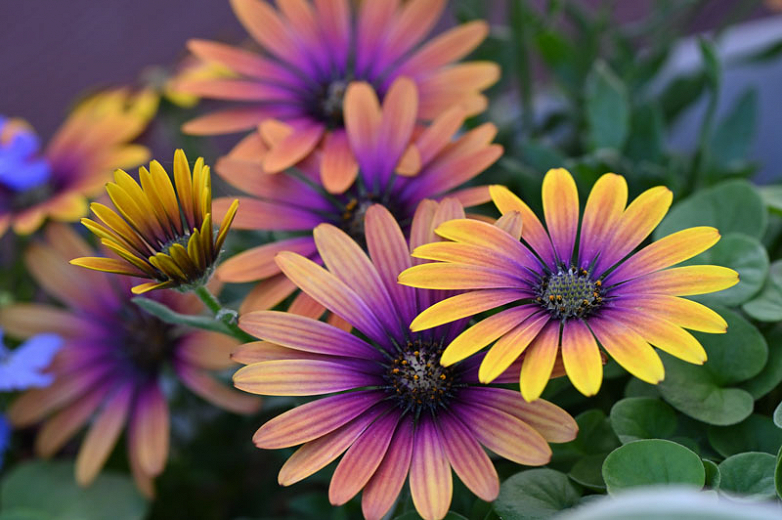
- Chinese forget-me-nots: These delicate flowers have a sweet fragrance that will fill your garden with scent. They also bloom in a variety of colors, so you can find the perfect ones to complement your ranunculus.
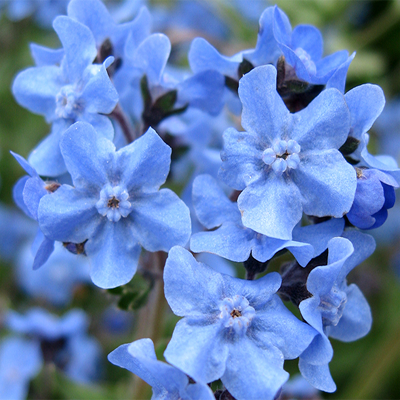
- Pansies: These cheerful flowers are a classic choice for companion plantings. They come in a wide variety of colors, so you can create a truly unique display.
- Primroses: These early spring flowers are a great way to add color to your garden before the summer heat arrives. They also bloom at the same time as ranunculus, so you can enjoy their flowers for weeks on end.
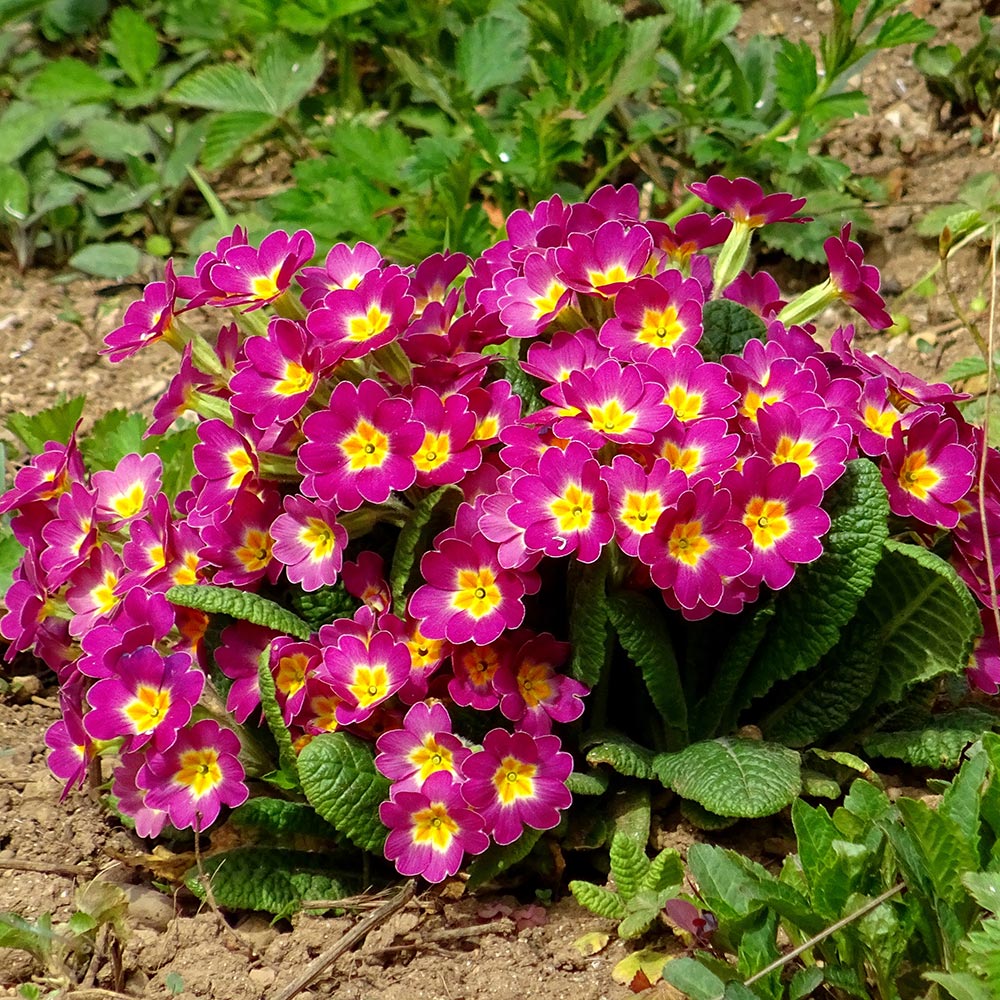
- Snapdragons: These colorful flowers are a great way to add height and drama to your garden. They also bloom at the same time as ranunculus, so you can enjoy their flowers for weeks on end.
If you're looking for more information about ranunculus companion plants, I recommend visiting Gardenia Inspiration. This website has a wealth of information on the topic, including a list of popular companion plants, tips on how to create stunning displays, and more.
FAQ of ranunculus companion plants
Q: What are some good companion plants for ranunculus?
A: Ranunculus can be paired with a variety of other plants, but some of the best companions include:
- Allium: Alliums add height and structure to a flower bed, and their blooms complement the delicate flowers of ranunculus.
- Daffodils: Daffodils bloom at the same time as ranunculus, and their similar flower shapes create a harmonious display.

- Iris: Iris add a touch of exoticism to a garden, and their tall stems help to frame the shorter blooms of ranunculus.
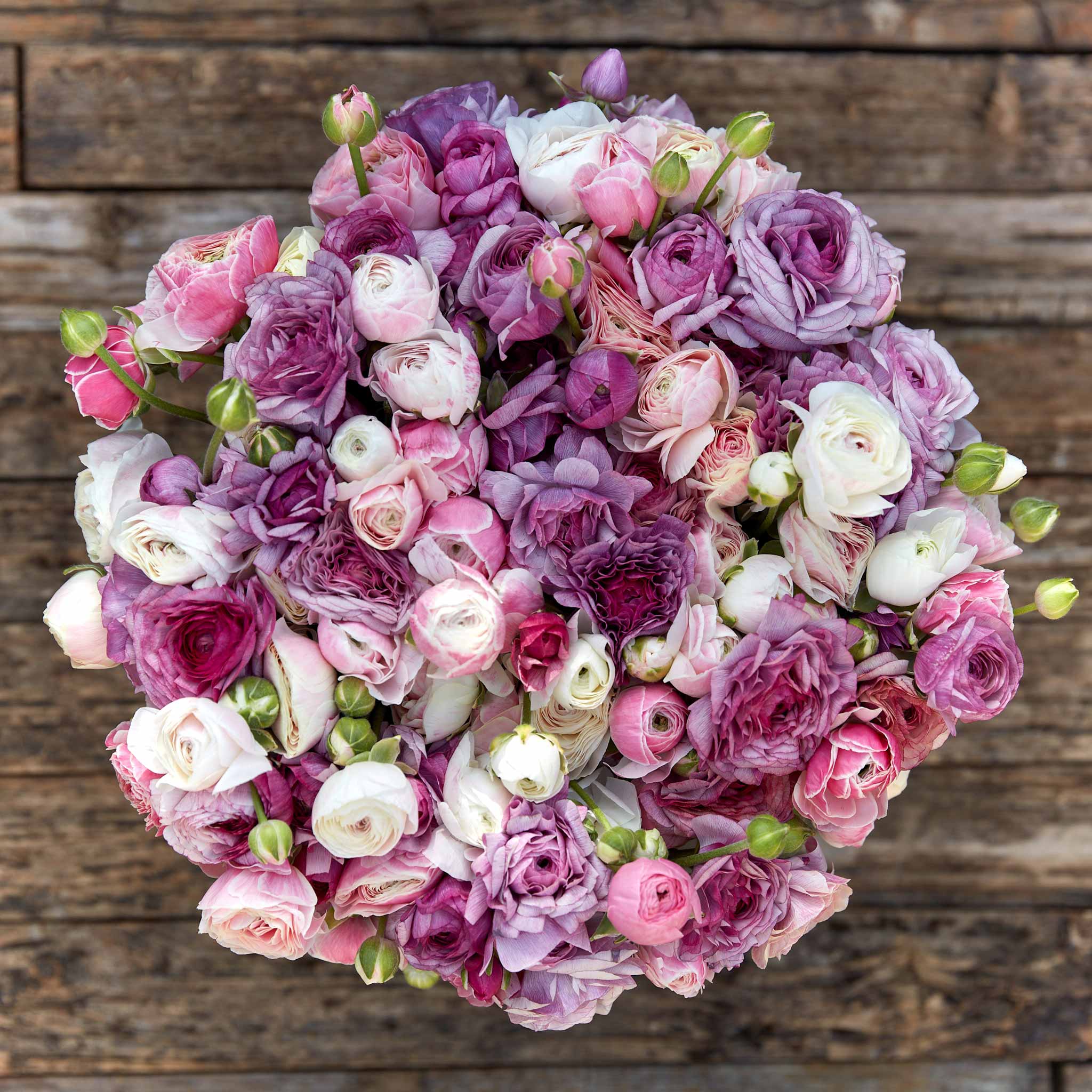
- Tulips: Tulips are another spring bloomer that pairs well with ranunculus. Choose tulips in complementary colors to create a stunning contrast.
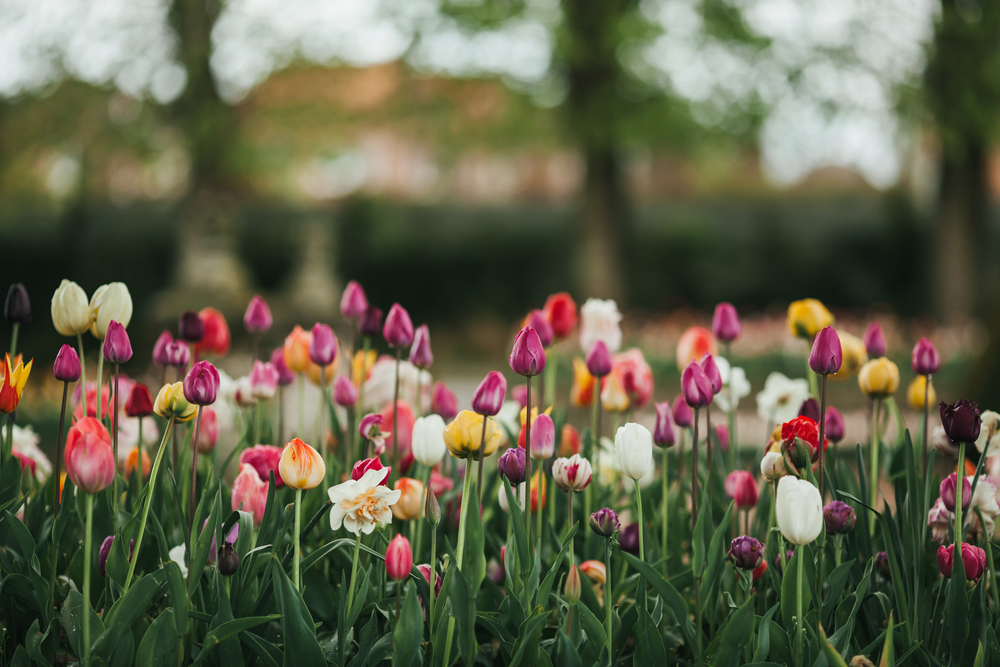
- Viola: Violas are low-growing flowers that add a splash of color to the front of a flower bed. They also help to suppress weeds, which can be a problem for ranunculus.
/assets/plants/plant_28848/plant_28848_shoot_20200601233134.jpg)
Q: What are some things to consider when choosing companion plants for ranunculus?
A: When choosing companion plants for ranunculus, there are a few things to keep in mind:
- Plant height: Ranunculus can grow up to 18 inches tall, so you'll need to choose companion plants that are the same height or shorter.
- Bloom time: Ranunculus bloom in the spring, so you'll want to choose companion plants that bloom at the same time or later.
- Sunlight requirements: Ranunculus need full sun, so you'll need to choose companion plants that also prefer full sun.
- Soil type: Ranunculus prefer well-draining soil, so you'll need to choose companion plants that also have the same soil requirements.
Q: What are some of the benefits of using companion plants with ranunculus?
A: There are several benefits to using companion plants with ranunculus, including:
- Attract pollinators: Companion plants can attract pollinators, such as bees and butterflies, which help to pollinate the ranunculus flowers.
- Suppress weeds: Some companion plants, such as violas, can help to suppress weeds, which can be a problem for ranunculus.
- Improve soil quality: Companion plants can help to improve the soil quality, which can benefit the ranunculus plants.
- Create a more visually appealing display: Companion plants can help to create a more visually appealing display by adding height, color, and texture to a flower bed.
Q: How do I plant ranunculus with companion plants?
A: When planting ranunculus with companion plants, it's important to follow these steps:
- Choose a location that receives full sun and has well-draining soil.
- Prepare the soil by adding compost or other organic matter.
- Plant the ranunculus corms 2-3 inches deep and 6 inches apart.
- Plant the companion plants at the same depth and spacing as the ranunculus.
- Water the plants well.
Q: How do I care for ranunculus with companion plants?
A: Ranunculus and their companion plants require regular watering, especially during the first few weeks after planting. You'll also need to fertilize the plants every few weeks with a balanced fertilizer. To prevent pests and diseases, it's a good idea to deadhead the flowers regularly.
Image of ranunculus companion plants
5 different images of "ranunculus companion plants" from Pinterest:
- Daffodils: Daffodils bloom in early spring, just before ranunculus, so they can help fill in the gaps in your garden. They also have similar flower shapes and colors, so they look great together.

- Tulips: Tulips are another early spring bloomer that looks great with ranunculus. They come in a wide variety of colors, so you can find the perfect ones to complement your ranunculus.

- Sweet Alyssum: Sweet alyssum is a low-growing, creeping plant that blooms in shades of white, pink, and purple. It's perfect for filling in the spaces between ranunculus plants and it also attracts pollinators.

- Nepeta: Nepeta, also known as catmint, is a hardy perennial that blooms in shades of blue, purple, and white. It's a great choice for companion planting with ranunculus because it helps to deter pests.
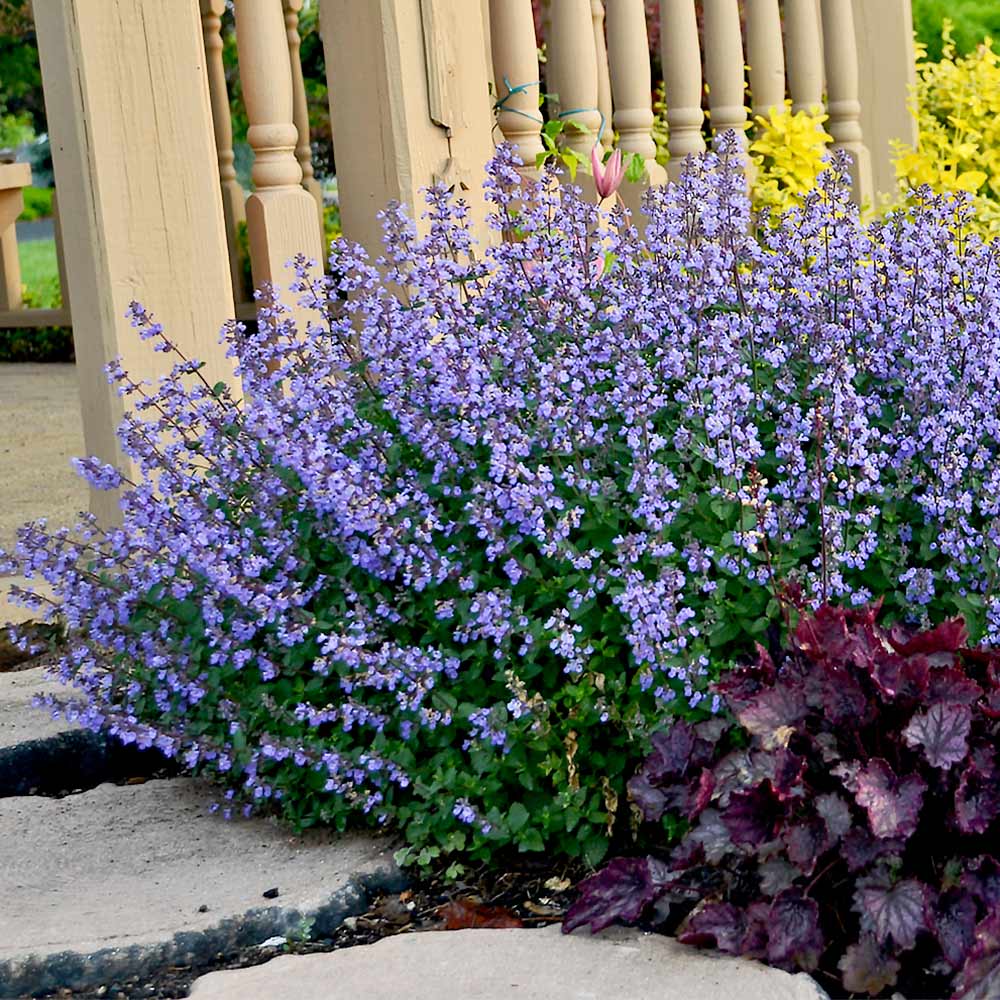
- Lavender: Lavender is a classic companion plant that goes well with just about everything. It blooms in shades of purple and blue, and it's a great choice for adding a touch of fragrance to your garden.
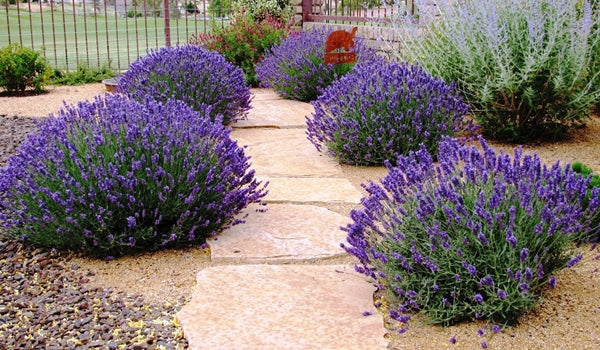
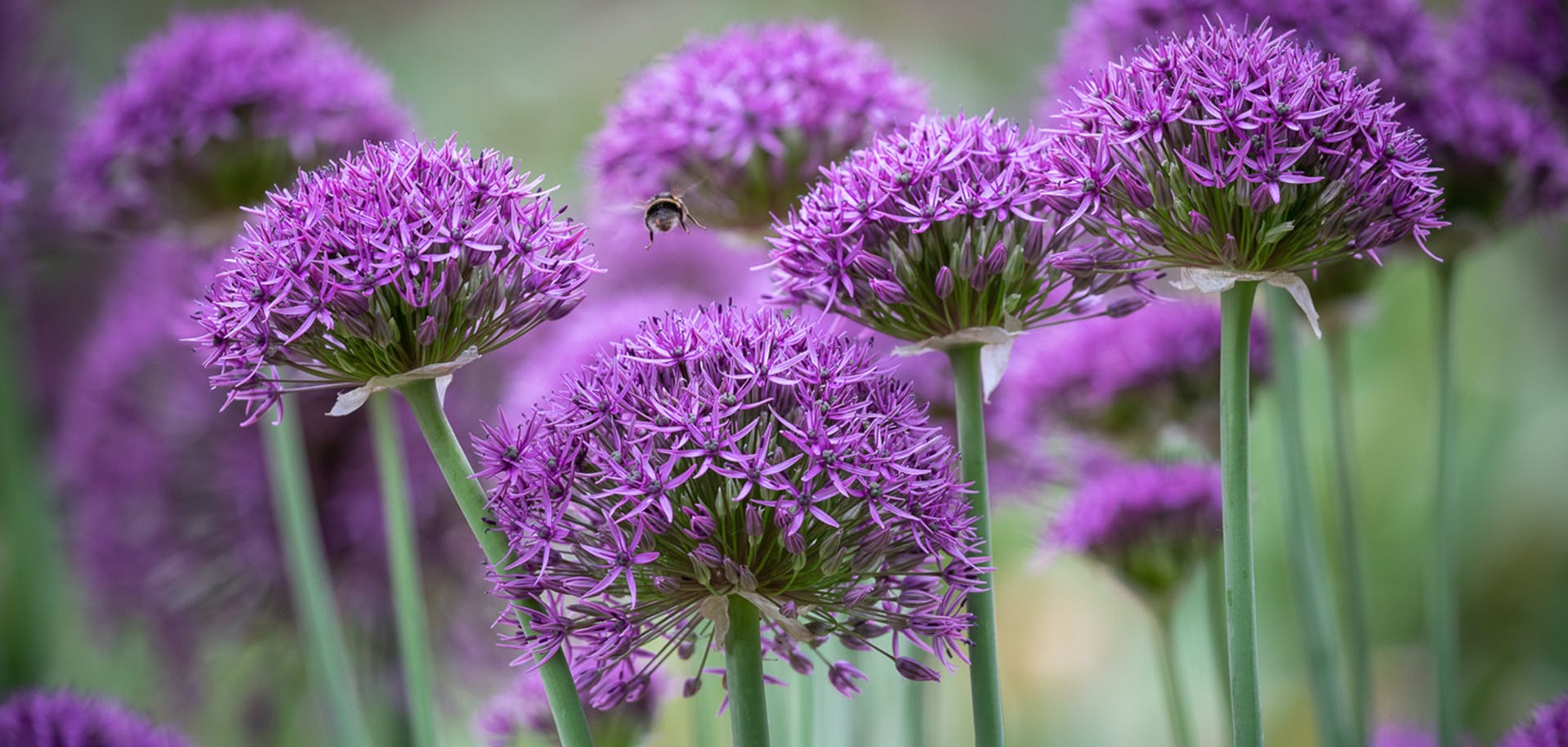
Post a Comment for "The Ultimate Guide To Ranunculus Companion Plants"